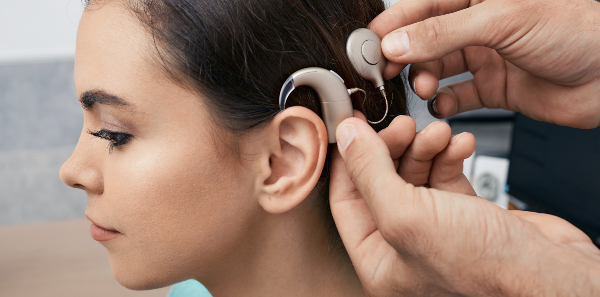
Coenzyme Q-10 (CoQ10) was discovered in 1957 (Crane). Dr Meter Mitchell won the Nobel Prize in chemistry for the Discovery of CoQ10 and its role in cell energy metabolism.The fundamental and most researched role of Coenzyme Q10 is as a membrane antioxidant. As a result of the research, great benefits have been found in various types of mitocondrial myopathies (rare diseases that affect the mitochondria). Colloquially, CoQ10 is known as the free radical scavenger. CoQ10 is essential so that our cells can convert oxygen into energy.
Today, CoQ10 is known to be involved in many pathological processes such as fibromyalgia, cardiovascular diseases (atherosclerosis, hypertension, dyslipidaemia), neurological alterations (Parkinson’s, Huntington’s and Alzheimer’s diseases), cancer, diabetes, infertility and migraines. It has recently been fashionable as an anti-ageing treatment. In Japan (one of the largest producers of CoQ10), approximately 12 million people take CoQ10 daily.
Ubiquinol, which is the reduced form of CoQ10, plays a fundamental role in energy production (ATP). This is a more potent liposoluble (soluble in fats or oils) antioxidant naturally present in all our cells. Age, taking medications such as statins for cholesterol, stress, physical exercise and various diseases (heart failure, high blood pressure, some muscle diseases or Parkinson’s) are situations in which the demand for CoQ10 is high and both the production of CoQ10 and the conversion of ubiquinone to ubiquinol are reduced.
One of the disease processes were CoQ10 is most involved is cardiovascular pathology. When administered as a supplement in these types of patient, CoQ10 raises plasma levels and improves myocardial function (cardiac muscle). Kart Folkers is an American scientist who is probably the one who has done the most research relating CoQ10 to cardiovascular problems. In summary, his conclusion of over 25 years of investigations is that CoQ10 protects the heart by maintaining high levels of energy and is useful for both the prevention of cardiovascular problems and treating them.
During exercise, a large number of free radicals are formed in the respiratory chain because of the greater volume of oxygen breathed in. In this situation, maintaining adequate levels of CoQ10 at the mitochondrial level is essential and therefore the supplementation of this molecule is important. On the other hand, muscle is a great consumer of energy and it consumes more in situations of moderate-to-intense exercise. Anaerobic respiration takes place in the mitochondria, where they transform oxygen into energy. Muscle cells usually have a large number of mitochondria so they can obtain more energy.
When can CoQ10 be used?
- Cardiovascular health: CoQ10 has a powerful antioxidant effect, has a cardioprotective effect, improves the quality of life in patients with congestive heart failure, helps prevent endothelial dysfunction and regulates lipid metabolism. For patients who take cholesterol-control medications, such as statins, supplementation is useful because these medications can deplete Coenzyme Q10.
- Sport: CoQ10 helps muscle maintenance and recovery and reduces muscle fatigue.
- Fertility: CoQ10 improves semen quality parameters, increases reproductive hormones and improves ovarian response.
- Cognitive health: CoQ10 increases vitality and mental health, improves cognitive and nervous function.
As a basic recommendation and according to Dr. Richard Firshein, we should ingest 30 mg/day as an anti-ageing therapy and double this dose after 40 years of age since the body loses the ability to produce the substance with age. In other situations such as physical activity, we should take 100-200 mg/day.
Where is Coenzyme-Q10 found?
- Food of animal origin, especially meat and offal such as the liver or heart of pork or beef.
- Bluefish: sardines, common scad, tuna, herring or mackerel also provide large amounts of this molecule.
- Nuts such as walnuts, peanuts, pistachios or hazelnuts, and some seeds such as sesame seeds.
- Certain legumes such as soybeans and their derivatives: bean sprouts, soybean oil, miso, etc.
- Among the vegetables, cauliflower and broccoli provide the highest amounts of this molecule. This is also the case with carrots and peas.
- Vegetable oils (olive, sunflower or soybean oil) are usually also rich in this component.












